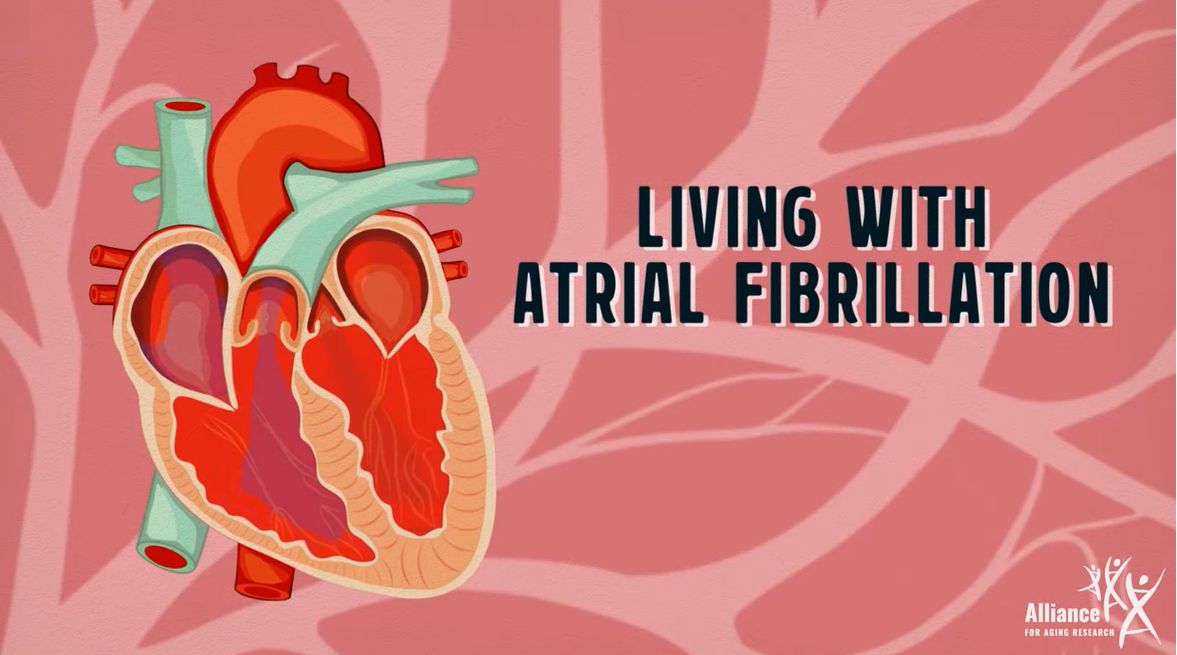A stroke occurs when blood flow is reduced or cut off to part of the brain, depriving its cells of oxygen and nutrients. Brain cells can begin to die in minutes, so a stroke is a medical emergency.
Celebrating a Year Without a Stroke: Dr. Roosevelt Gilliam
Published March 9, 2018
Dr. Gilliam is a cardiac electrophysiologist at UNC Center for Heart and Vascular Care. After decades of treating AFib patients, especially those with diabetes, he knows that AFib patients needs to be ever-vigilant about a problem that is silent and sneaky. He knows that prevention is the whole ballgame because once you have a stroke you can’t undo it.
Watch all the films in the Year without a Stroke series:
Mellanie True Hills
Dr. Roosevelt Gilliam
Sharon and Randall Munson
Related Videos

Arteries—The Highways of Life: Protecting Them Against Atherosclerosis
Atherosclerotic cardiovascular diseases (ASCVD) include a range of diseases such as cerebrovascular disease, coronary heart disease, aortic atherosclerosis, and peripheral…
more.
Preventing Atrial Fibrillation (AFib) Related Strokes
Atrial fibrillation (AFib) is one of the most common types of arrhythmias—or irregular heartbeats—and causes the heart to…
more.
Living with Atrial Fibrillation (AFib)
Atrial fibrillation (AFib) is one of the most common types of arrhythmias—or irregular heartbeats—and causes the heart to…
more.Related Initiative
Celebrating a Year Without a Stroke
This campaign shares the real stories of people who have experienced and seen first-hand how serious strokes can be. These advocates all share the mission of educating patients and their loved ones about stroke risk and prevention, so that they can Celebrate a Year Without a Stroke.
